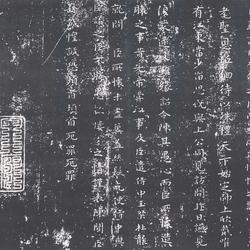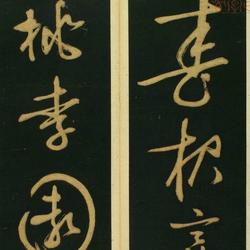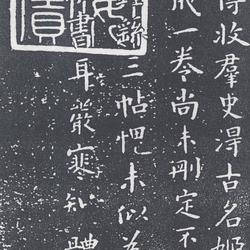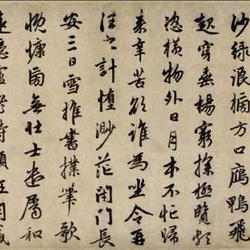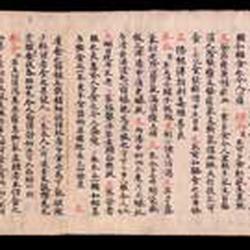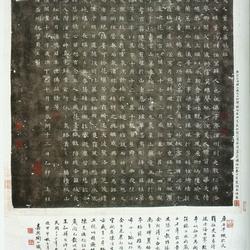Yang Weizhen (1296-1370) was a famous poet, writer, calligrapher and opera artist in the late Yuan and early Ming dynasties. The word Lianfu, the name Tieya, the iron flute Taoist, the iron core Taoist, the iron crown Taoist, the iron dragon Taoist, the plum blossom Taoist, etc., the old iron, the old man, the Dongweizi, the Fengqiao Quan of Huiji (Zhejiang) Cousin. Together with Lu Juren and Qian Weishan, they were called the "Three High Scholars in the Late Yuan Dynasty".
The most characteristic of Yang Weizhen's poems is his ancient Yuefu poems, which are both graceful and moving, but also majestic and natural. They are called "iron cliff style" in history and are highly respected by literati in the past. Some people call it "a generation of poetry", "standardize the new to lead the difference", and also praise him "to overcome the talents of a generation, take advantage of the disadvantages to correct them", contemporary scholar Yang Lian even called it "the end of the Yuan Dynasty" The Dean of Jiangnan Poetry". There are "Essays of Dongweizi (东维子文集)" and "Mr. Tieya Ancient Music House (铁崖先生古乐府)".

Yang Weizhen's "Coursive Script Inscription on Money Book" 25.3×32.7 per page, collected by the National Palace Museum, Taipei
This cursive calligraphy is inscribed on the ancient spring genealogy collected by the Yao family in Songjiang. Yang Shu writes, penetrating through the back of the paper, old and hot, and the style of writing is mad and fresh, similar to the style of the iron cliff body. This work is vigorous and stubborn, and the ink color is dry, wet and moist. It is a boutique for Yang's later years.
Yang Weizhen's calligraphy can melt the brushwork of Zhang Cao, official script and running script, and make use of it. His handwriting is skewed and disorganized at first glance, but he is actually strong and arrogant. If Zhao Mengfu is compared to a beautiful representative, then he is a model of magnificence.
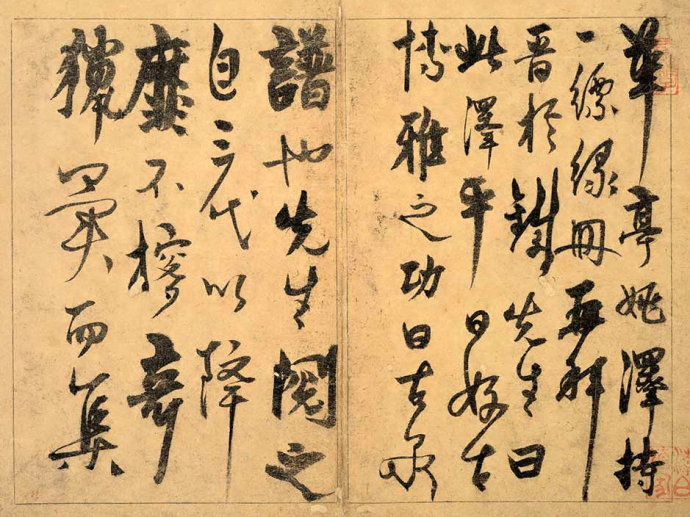
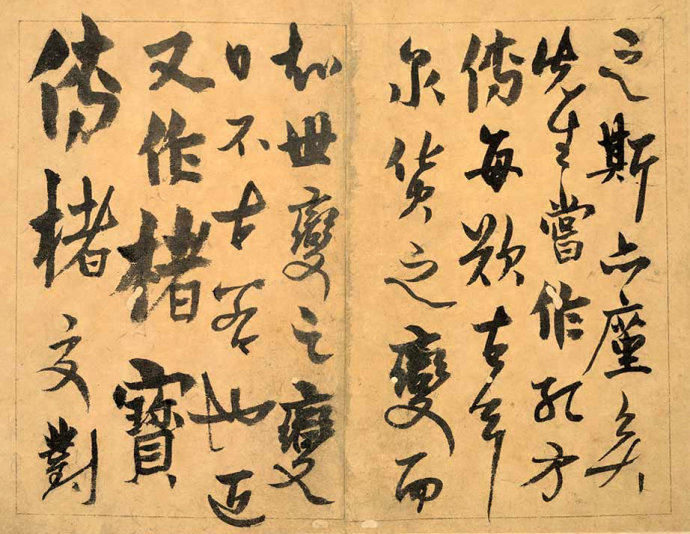
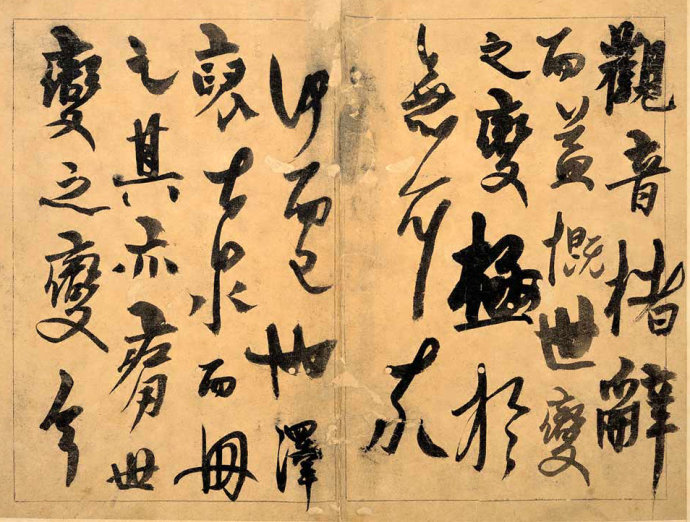
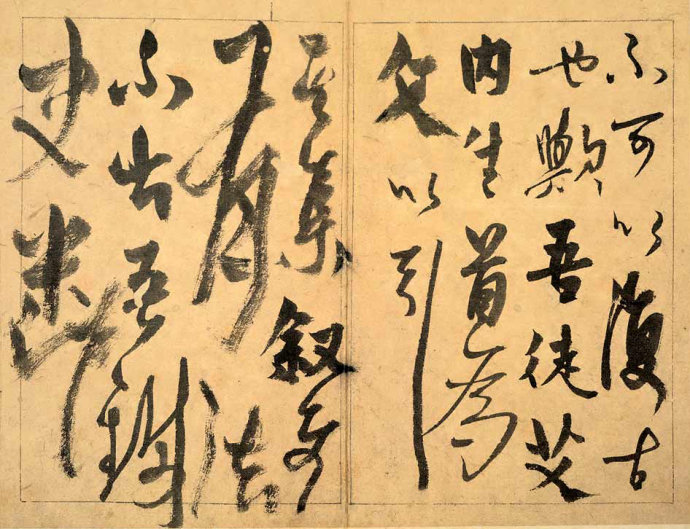
Like his poems, Yang Weizhen’s calligraphy pays attention to lyricism, especially cursive writing, which shows the personality and lyrical meaning of the unrestrained shape. There are about ten pieces of Yang Wei's handed down ink, all of which were written after the age of fifty, so they cannot be explored. In his early years, he learned the ins and outs of the book, but judging from the posthumous works possessed by his regular script and cursive styles, his skills are profound. Absorbing the charm of the two kings of the grass and the strong square pen of the European characters, combined with his strong artistic personality, he finally formed his unique style, which is peculiar and unrestrained. The styles are in sharp contrast. Because his books are unconventional and super-easy, Liu Zhang commented in "History of Calligraphy and Painting": "Although Lian Fu's cursive script is not qualified, he is refreshed and happy." Calling his book like "the generals, the three armies played triumphantly, broke the axe and missed the paper, and returned home." The cursive script in his later years was wild and powerful, showing strange imagination and majestic spirit.
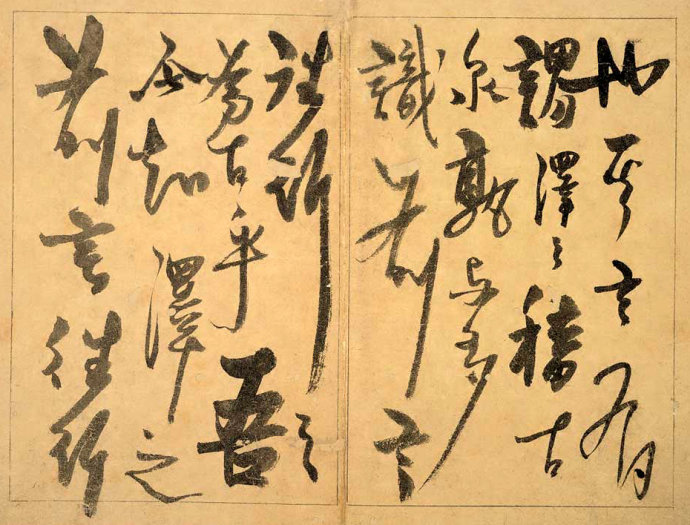
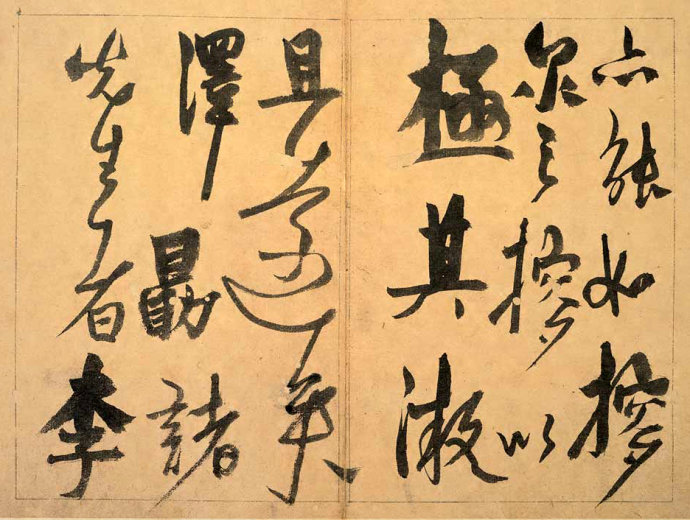
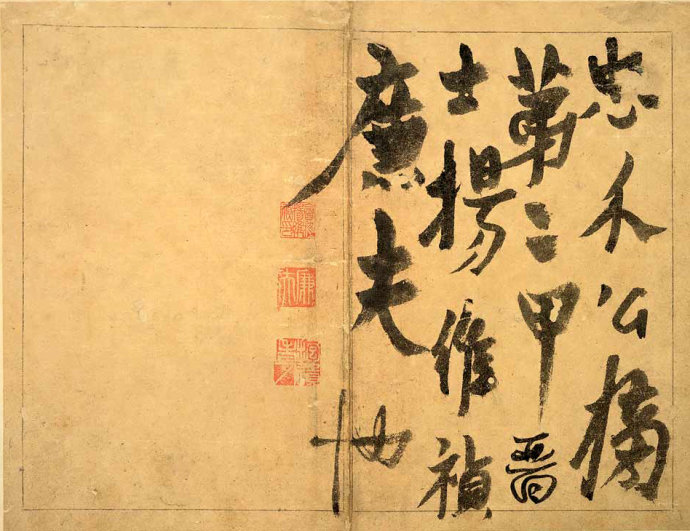
Explanation:
華亭姚澤持一縹綠冊。再拜晉於鐵先生曰。此澤平日好古博雅之功。曰古泉譜也。先生閱之。自三代以降。靡不捜奇獵異而集之。斯亦厪矣。先生常作孔方傳。每嘆古今泉貨之變。而知世變之變,曰不古若也。近又作楮寶傳。楮交對觀音楮辭。而益慨世變之變。極於無可奈何而已也。澤裒古泉而冊之。其益痛世變之變。今不可以復古也歟。吾徒艾內生首為文以引其集。敘史有法。不出吾鐵史斷也。其言有謂。澤之稽古泉。熟與多識前言往行之為古乎。吾今知澤之前言往行亦能如搜泉之搜。以極其微且遠矣。澤勗諸先生者。李忠介公榜第二甲晉士揚維禎廉夫也。

